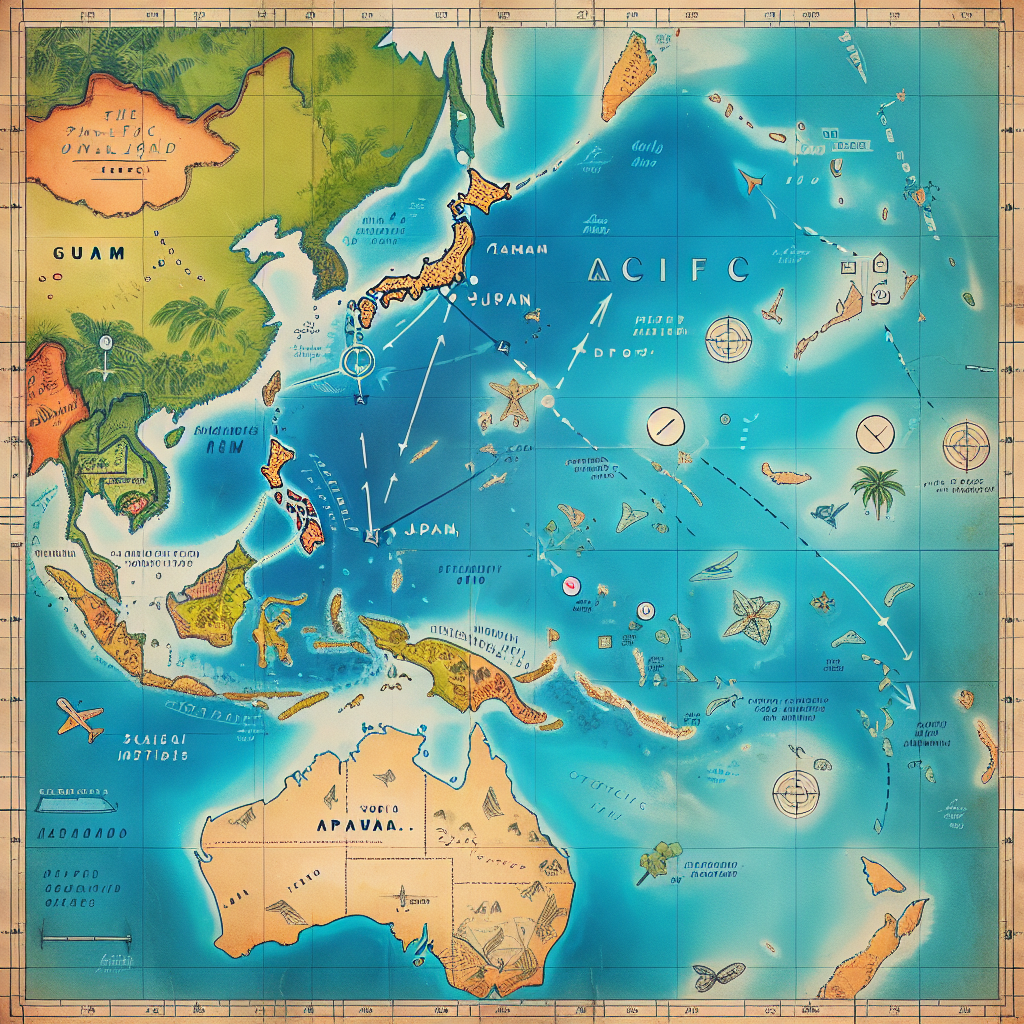Strategic Interests of the US Military in Guam, Japan, and Hawaii
Strategic Interests of the US Military in Guam, Japan, and Hawaii
Introduction
The United States maintains a significant military presence in the Pacific region, with strategic interests centered around Guam, Japan, and Hawaii. These locations serve as pivotal points for defense, power projection, and regional stability. Understanding the strategic importance of these areas provides insight into the broader geopolitical dynamics at play in the Asia-Pacific region.
Guam: The Unsinkable Aircraft Carrier
Guam is often referred to as the “unsinkable aircraft carrier” due to its strategic location and military capabilities. Key points include:
- Geographical Advantage: Positioned in the Western Pacific, Guam is crucial for rapid military deployment and logistics support.
- Military Installations: Home to Andersen Air Force Base and Naval Base Guam, it supports air and naval operations.
- Regional Security: Acts as a deterrent against potential threats from North Korea and China.
Japan: A Key Ally in the Pacific
Japan hosts a significant number of US military personnel, underscoring its role as a key ally. Important aspects include:
- Strategic Bases: Okinawa and Yokosuka are vital for naval and air operations in the region.
- Mutual Defense Treaty: The US-Japan Security Treaty ensures mutual defense and cooperation.
- Regional Stability: Japan’s proximity to the Korean Peninsula and China makes it essential for maintaining regional balance.
Hawaii: The Gateway to the Pacific
Hawaii serves as a central hub for US military operations in the Pacific. Key highlights include:
- Strategic Location: Acts as a bridge between the US mainland and Asia-Pacific regions.
- Military Presence: Home to the US Pacific Command, overseeing operations across the Indo-Pacific.
- Training and Readiness: Provides extensive training facilities and resources for joint military exercises.
Conclusion
The strategic interests of the US military in Guam, Japan, and Hawaii are integral to maintaining regional security and projecting power in the Asia-Pacific. These locations not only enhance the US’s ability to respond to regional threats but also strengthen alliances and ensure stability in a rapidly evolving geopolitical landscape.








































